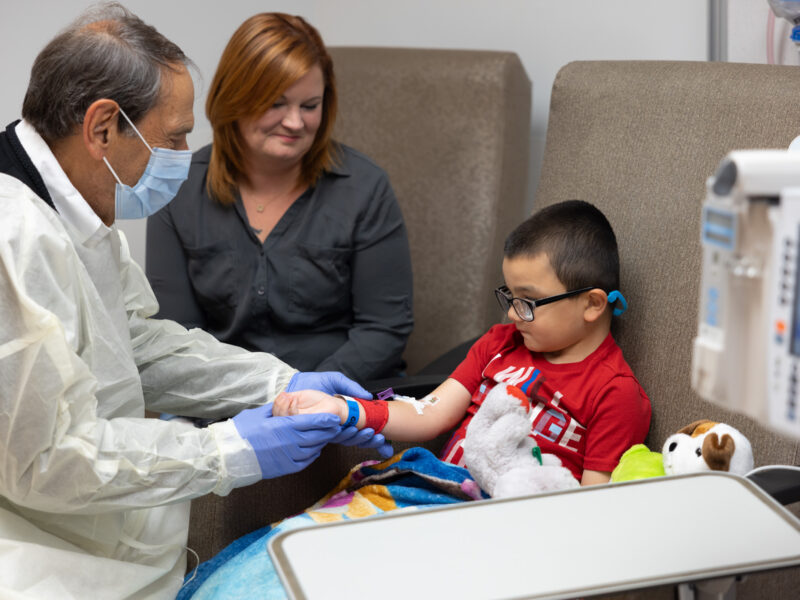Not an App, We Need a Digital Health Ecosystem
Not an App, We Need a Digital Health Ecosystem https://pediatricsnationwide.org/wp-content/uploads/2019/07/AdobeStock_267996486-digital-devices-1024x575.jpg 1024 575 Emre Sezgin Emre Sezgin https://pediatricsnationwide.org/wp-content/uploads/2021/03/s200_emre.sezgin.jpeg- July 12, 2019
- Emre Sezgin

For teens with chronic health conditions and their caregivers, a digital health ecosystem may improve self-management and independence.
Teens with chronic conditions and their caregivers encounter a number of challenges while teens are transitioning to health independence. We have investigated these challenges and proposed a “digital health ecosystem” as a roadmap to help families and providers, enabling better communication and care. There are various challenges that each family experiences at a different level. Each life journey is unique, but we need increased quality of life for everyone. So, proposing a single digital solution for all may not yield expected results for everyone. Thus, we proposed the digital opportunities for ideal transitioning which were derived from self-reported technological expectations of teens and caregivers. Fundamentally, these opportunities reflect their expectations and need for a communication platform that links patient, caregiver and provider.
Fundamentally, this project started as a quality improvement effort to better utilize our resources for the benefits of our patients. Our mobile core team led an investigation, now published in the Journal of Medical Internet Research, at Nationwide Children’s Hospital to better understand patient needs. At first, we wanted to know how to address those needs with technology-based solutions already in use by our institution (for example, the MyChildren’s app). However, the study evolved into something more, and the valuable findings were applicable for larger populations of teens and caregivers.
Our proposed solution is not about using specific digital health tools but instead creating an ecosystem of multiple digital opportunities to increase communication among each party (teens, caregivers and providers). Such ecosystem could include mobile apps, wearables, voice-interactive service (e.g., Amazon Alexa), and other internet connected devices. Thus, it is hard to focus on one technology as an opportunity, rather, it would be better to understand the life journey of families and guide them with an “ecosystem” of current technologies responding to their needs.
Participants showed significant interest in emerging technologies, one of which was voice-interactive devices (Amazon Echo). This is in line with the current trend in the market showing an increasing use of such technologies at home. This convergence of interest and trends is a good opportunity to focus on and improve the communication among teen, caregiver and provider using voice-interactive technologies. Following this trend and exploring the potential of voice in digital ecosystem, our recent research focuses on utilizing voice technology toward improving communication at home and assisting self-management and care coordination.
Reference:
Sezgin E, Weiler M, Weiler A, Lin S. Proposing an Ecosystem of Digital Health Solutions for Teens With Chronic Conditions Transitioning to Self-Management and Independence: Exploratory Qualitative Study. Journal of Medical Internet Research. 2018;20(9):e10285
Photo credit: Adobe Stock
About the author
Emre Sezgin, PhD, is a digital health scientist (IT project scientist) at Nationwide Children’s Hospital.
-
This author does not have any more posts.
- Posted In:
- Features
- Second Opinions






